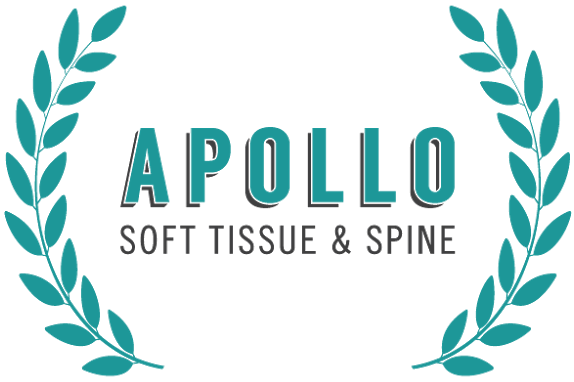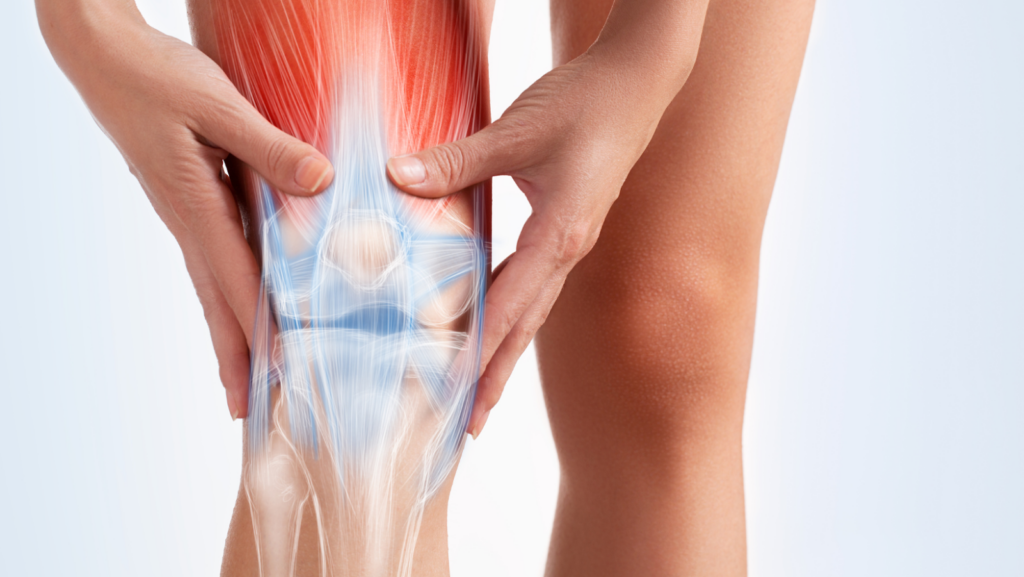Shockwave therapy is a cutting-edge medical treatment gaining popularity for its effectiveness in managing various musculoskeletal conditions. This non-invasive procedure uses high-energy shockwaves to stimulate the body’s natural healing processes. While it has shown promise in alleviating pain and promoting tissue regeneration, one common concern among potential patients is the perception of pain during the therapy.
This article aims to shed light on the pain factor associated with shockwave therapy and provide a comprehensive understanding of the procedure.
What is Shockwave Therapy?
Shockwave therapy, or Extracorporeal Shockwave Therapy (ESWT), is a non-surgical and non-invasive medical treatment that addresses various musculoskeletal issues. It utilizes high-energy shockwaves from a specialized device to target affected body areas. These shockwaves stimulate cellular responses that promote healing, reduce pain, and improve tissue regeneration. Understanding the mechanism behind this therapy is crucial in comprehending how it can be both effective and, at times, mildly uncomfortable for patients.
The roots of shockwave therapy can be traced back to the 1960s, when shockwaves were first used to break down kidney stones non-invasively. Over the years, the technology has evolved and found applications in various medical fields, including orthopedics, sports medicine, and rehabilitation. It wasn’t until the 1990s that shockwave therapy gained recognition as a viable treatment option for musculoskeletal conditions. Since then, it has gained popularity for its potential to provide pain relief and improve the quality of life for many patients.
The Pain Perception
One of the primary concerns individuals have about shockwave therapy is the fear of experiencing significant pain during the treatment. However, it’s essential to address common misconceptions surrounding this perception. While some discomfort may be felt during the procedure, it is typically well-tolerated and short-lived. The intensity of the discomfort varies from person to person and depends on several factors, including the type of condition being treated and individual pain thresholds.
Pain perception is a highly individualized experience. What might be uncomfortable for one person could be relatively painless for another. It’s crucial to understand that shockwave therapy is designed to provide therapeutic benefits, and any discomfort experienced is usually a temporary side effect.
The therapy’s effectiveness in managing pain and promoting healing outweighs the brief sensation of discomfort. Moreover, healthcare professionals administering shockwave therapy can adjust the treatment parameters to ensure patients’ comfort while achieving the desired therapeutic outcomes.
The Science Behind the Shockwaves
To comprehend the science behind shockwave therapy, it’s important to understand how shockwaves interact with the body’s tissues. When shockwaves are applied to the target area, they create microtrauma within the tissue, stimulating the body’s natural healing processes. This includes increased blood flow, the release of growth factors, and the activation of cells that aid tissue repair. While the shockwaves themselves may cause mild discomfort, this interaction with the body’s tissues ultimately leads to pain relief and improved function.
The biological responses triggered by shockwave therapy play a pivotal role in its effectiveness. These responses include the production of anti-inflammatory substances, enhanced tissue regeneration, and the release of endorphins – the body’s natural painkillers. As a result, patients often experience pain reduction and improved mobility in the treated area over time.
It’s essential to recognize that the mild discomfort experienced during the therapy session is part of the process that leads to these beneficial biological responses, making shockwave therapy a valuable option for those seeking relief from musculoskeletal conditions.
Applications of Shockwave Therapy
Shockwave therapy boasts a versatile range of applications in the field of medicine. It is commonly employed to treat musculoskeletal conditions such as tendinitis, plantar fasciitis, and calcific shoulder tendinopathy. This therapy’s ability to promote tissue healing and alleviate pain has made it a valuable option for individuals suffering from chronic conditions that affect the bones, muscles, and tendons. Additionally, shockwave therapy is gaining recognition for its potential to improve erectile dysfunction and promote wound healing, expanding its reach into other medical domains.
To truly appreciate the benefits of shockwave therapy, it’s important to consider how it compares to other treatment modalities. When pitted against traditional treatments like physical therapy, corticosteroid injections, or surgery, shockwave therapy often stands out due to its non-invasive nature and lower risk of complications.
Types of Shockwave Devices
Two primary types of shockwave devices are used in therapy: focused and radial. Focused shockwave therapy concentrates high-energy shockwaves on a specific target area, allowing for precise treatment of localized conditions. It is particularly effective for deep-seated issues like kidney stones and severe musculoskeletal problems. Focused shockwaves penetrate tissues deeply, making them a preferred choice for certain medical scenarios.
In contrast, radial shockwave therapy disperses shockwaves across a broader area, making it suitable for treating surface-level musculoskeletal problems and conditions like plantar fasciitis. Radial shockwaves are less concentrated but can still effectively stimulate healing processes. The choice between focused and radial shockwave therapy depends on the specific condition being treated and the depth of penetration required to achieve optimal results.
Pain Management Strategies
Before undergoing shockwave therapy, several pre-treatment measures can help manage pain and discomfort. This includes discussing any concerns with your healthcare provider, ensuring you are properly hydrated, and, if necessary, taking pain relievers as advised by your doctor. Open communication with your healthcare team is crucial to tailor the treatment to your comfort level.
During a shockwave therapy session, you must communicate any discomfort you may experience with the healthcare professional administering the treatment. They can adjust the intensity of the shockwaves to minimize discomfort while achieving therapeutic benefits. After the session, it’s common to experience some soreness or minor discomfort, which typically subsides within a few days. Applying ice, rest, and gentle stretching can help manage post-treatment discomfort.
Myth-busting Session
There are several misconceptions surrounding pain, especially when it comes to medical procedures like shockwave therapy. One common myth is that pain during therapy is a sign that something is wrong. In reality, the mild discomfort experienced during shockwave therapy is an expected part of the healing process.
Popular misunderstandings about shockwave therapy often revolve around exaggerated claims of pain and potential risks. Clarifying these misconceptions is essential. While it’s true that some patients may experience mild discomfort during therapy, the potential benefits in terms of pain relief and improved function typically outweigh the temporary discomfort. Moreover, shockwave therapy is generally considered safe when administered by trained healthcare professionals, making it a viable option for many individuals seeking relief from muscle conditions.
The Role of Technology
The field of shockwave therapy has witnessed remarkable advancements in technology. Shockwave device innovations have improved precision, reduced treatment times, and enhanced patient comfort. Modern devices offer more precise targeting of affected areas, minimizing the dispersion of shockwaves to surrounding tissues. Additionally, the integration of imaging technologies like ultrasound allows for real-time monitoring and adjustment during treatment, ensuring optimal outcomes. These innovations contribute to the effectiveness and safety of shockwave therapy, making it an even more attractive option for patients seeking pain relief and tissue healing.
Conclusion
In a world where chronic pain and musculoskeletal issues affect countless individuals, shockwave therapy stands as a beacon of hope. By dispelling myths, offering clarity, and providing insights into this innovative medical treatment, we hope to empower individuals to make informed decisions about their healthcare. Whether you’re considering shockwave therapy for a specific medical condition or simply seeking alternatives to traditional treatments, understanding the science and advancements behind this therapy can lead to a brighter, pain-free future.




